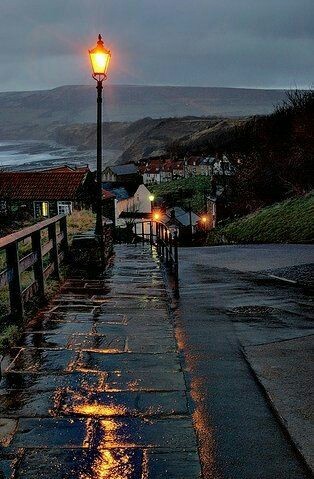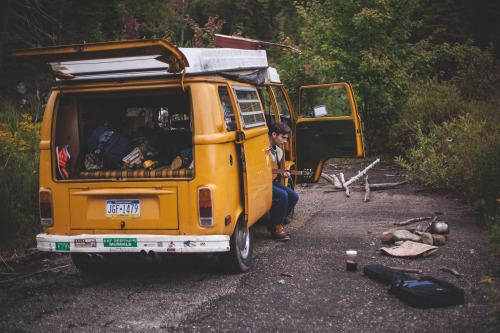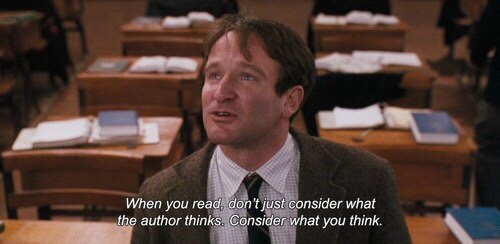Cwootiee - A Wookiee

More Posts from Cwootiee and Others




In 1880, Nikola Tesla lived in Prague at 13 Smeckach St.. He spent most of his time at the Klementinum Library and Narodni Kavarna (People’s Cafe) on Vodickova St.




“Modern Myths” part 1
Hubble’s 5 Weirdest Black Hole Discoveries
Our Hubble Space Telescope has been exploring the wonders of the universe for nearly 30 years, answering some of our deepest cosmic questions. Some of Hubble’s most exciting observations have been about black holes — places in space where gravity pulls so much that not even light can escape. As if black holes weren’t wild enough already, Hubble has helped us make discoveries that show us they’re even weirder than we thought!
Supermassive Black Holes Are Everywhere

First, these things are all over the place. If you look at any random galaxy in the universe, chances are it has a giant black hole lurking in its heart. And when we say giant, we’re talking as massive as millions or even billions of stars!

Hubble found that the mass of these black holes, hidden away in galactic cores, is linked to the mass of the host galaxy — the bigger the galaxy, the bigger the black hole. Scientists think this may mean that the black holes grew along with their galaxies, eating up some of the stuff nearby.
Some Star Clusters Have Black Holes

A globular cluster is a ball of old, very similar stars that are bound together by gravity. They’re fairly common — our galaxy has at least 150 of them — but Hubble has found some black sheep in the herd. Some of these clusters are way more massive than usual, have a wide variety of stars and may even harbor a black hole at the center. This suggests that at least some of the globular clusters in our galaxy may have once been dwarf galaxies that we absorbed.
Black Hole Jets Regulate Star Birth

While black holes themselves are invisible, sometimes they shoot out huge jets of energy as gas and dust fall into them. Since stars form from gas and dust, the jets affect star birth within the galaxy.

Sometimes they get rid of the fuel needed to keep making new stars, but Hubble saw that it can also keep star formation going at a slow and steady rate.
Black Holes Growing in Colliding Galaxies

If you’ve ever spent some time stargazing, you know that staring up into a seemingly peaceful sea of stars can be very calming. But the truth is, it’s a hectic place out there in the cosmos! Entire galaxies — these colossal collections of gas, dust, and billions of stars with their planets — can merge together to form one supergalaxy. You might remember that most galaxies have a supermassive black hole at the center, so what happens to them when galaxies collide?

In 2018, Hubble unveiled the best view yet of close pairs of giant black holes in the act of merging together to form mega black holes!
Gravitational Wave Kicks Monster Black Hole Out of Galactic Core

What better way to spice up black holes than by throwing gravitational waves into the mix! Gravitational waves are ripples in space-time that can be created when two massive objects orbit each other.

In 2017, Hubble found a rogue black hole that is flying away from the center of its galaxy at over 1,300 miles per second (about 90 times faster than our Sun is traveling through the Milky Way). What booted the black hole out of the galaxy’s core? Gravitational waves! Scientists think that this is a case where two galaxies are in the late stages of merging together, which means their central black holes are probably merging too in a super chaotic process.
Want to learn about more of the highlights of Hubble’s exploration? Check out this page! https://www.nasa.gov/content/goddard/2017/highlights-of-hubble-s-exploration-of-the-universe
Make sure to follow us on Tumblr for your regular dose of space: http://nasa.tumblr.com




I love these roads where the houses don’t change…
-400 Lux by Lorde




✧ Luculia Marlborough ✧


Vivi soft bot ☆
Made by me ^^

Pink/white sailor moon printing sweatshirt Use the discount code kmkz for 10% off!


Dead Poets Society (1989)
-
 back-to-life reblogged this · 2 years ago
back-to-life reblogged this · 2 years ago -
 realmofforgottenlore reblogged this · 2 years ago
realmofforgottenlore reblogged this · 2 years ago -
 realmofforgottenlore liked this · 2 years ago
realmofforgottenlore liked this · 2 years ago -
 meowzebubb reblogged this · 2 years ago
meowzebubb reblogged this · 2 years ago -
 eleenth liked this · 3 years ago
eleenth liked this · 3 years ago -
 tuzlukaramel liked this · 3 years ago
tuzlukaramel liked this · 3 years ago -
 hastylanyon liked this · 4 years ago
hastylanyon liked this · 4 years ago -
 mahesh-mehta liked this · 4 years ago
mahesh-mehta liked this · 4 years ago -
 the-onering liked this · 4 years ago
the-onering liked this · 4 years ago -
 fairy1bat1qween reblogged this · 4 years ago
fairy1bat1qween reblogged this · 4 years ago -
 sleepyfemme reblogged this · 4 years ago
sleepyfemme reblogged this · 4 years ago -
 thesnowthesun reblogged this · 4 years ago
thesnowthesun reblogged this · 4 years ago -
 thesnowthesun liked this · 4 years ago
thesnowthesun liked this · 4 years ago -
 yellowfingcr reblogged this · 4 years ago
yellowfingcr reblogged this · 4 years ago -
 boy-that-says-hooty-hoo liked this · 4 years ago
boy-that-says-hooty-hoo liked this · 4 years ago -
 boy-that-says-hooty-hoo reblogged this · 4 years ago
boy-that-says-hooty-hoo reblogged this · 4 years ago -
 salty-mushroom-soup liked this · 5 years ago
salty-mushroom-soup liked this · 5 years ago -
 layindeadonthepavement liked this · 5 years ago
layindeadonthepavement liked this · 5 years ago -
 whalessounds reblogged this · 5 years ago
whalessounds reblogged this · 5 years ago -
 chrisasiaheartman liked this · 5 years ago
chrisasiaheartman liked this · 5 years ago -
 peyman-akbari liked this · 5 years ago
peyman-akbari liked this · 5 years ago -
 c0zycabin-blog reblogged this · 5 years ago
c0zycabin-blog reblogged this · 5 years ago -
 lizardpunkk liked this · 5 years ago
lizardpunkk liked this · 5 years ago -
 furiousgemstone liked this · 5 years ago
furiousgemstone liked this · 5 years ago -
 mvrderpet liked this · 5 years ago
mvrderpet liked this · 5 years ago -
 moontaingoat liked this · 6 years ago
moontaingoat liked this · 6 years ago -
 thecatsrippedpajamas liked this · 6 years ago
thecatsrippedpajamas liked this · 6 years ago -
 xovitae reblogged this · 6 years ago
xovitae reblogged this · 6 years ago -
 algebrafolder liked this · 6 years ago
algebrafolder liked this · 6 years ago -
 multicoloredbee liked this · 6 years ago
multicoloredbee liked this · 6 years ago -
 floral-laurel-posts liked this · 6 years ago
floral-laurel-posts liked this · 6 years ago -
 ghost-archives liked this · 6 years ago
ghost-archives liked this · 6 years ago -
 blackwaterhikikomori reblogged this · 6 years ago
blackwaterhikikomori reblogged this · 6 years ago -
 broomclosetwitches reblogged this · 6 years ago
broomclosetwitches reblogged this · 6 years ago -
 blue-broke-it liked this · 6 years ago
blue-broke-it liked this · 6 years ago -
 fortunatelypsychiccreator liked this · 6 years ago
fortunatelypsychiccreator liked this · 6 years ago -
 a-rusty-bucket-of-woes liked this · 6 years ago
a-rusty-bucket-of-woes liked this · 6 years ago -
 samoniosa reblogged this · 6 years ago
samoniosa reblogged this · 6 years ago -
 samoniosa liked this · 6 years ago
samoniosa liked this · 6 years ago -
 fogandbanshees reblogged this · 6 years ago
fogandbanshees reblogged this · 6 years ago -
 nospheratusblack liked this · 6 years ago
nospheratusblack liked this · 6 years ago -
 cursedotcom liked this · 6 years ago
cursedotcom liked this · 6 years ago -
 mandolinwitch reblogged this · 6 years ago
mandolinwitch reblogged this · 6 years ago